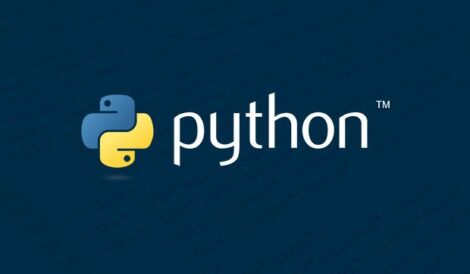*Day 1: Introduction to AI & ML*
– Overview of Artificial Intelligence and Machine Learning
– Historical Developments
– Importance in Today’s Technology Landscape
– Key Terminologies
– Applications in Real-world Scenarios
*Day 2: Fundamentals of Python for AI & ML*
– Introduction to Python Programming
– Data Types and Variables
– Control Flow and Functions
– Libraries for Data Science (NumPy, Pandas)
*Day 3: Exploratory Data Analysis (EDA)*
– Importance of EDA in AI & ML
– Data Cleaning and Preprocessing
– Statistical Analysis
– Data Visualization Techniques (Matplotlib, Seaborn)
*Day 4: Supervised Learning – Part 1*
– Overview of Supervised Learning
– Linear Regression
– Decision Trees and Random Forests
– Model Evaluation Metrics
*Day 5: Supervised Learning – Part 2*
– Support Vector Machines (SVM)
– Naive Bayes Classification
– Ensemble Learning Techniques
*Day 6: Unsupervised Learning – Part 1*
– Introduction to Unsupervised Learning
– K-Means Clustering
– Hierarchical Clustering
*Day 7: Unsupervised Learning – Part 2*
– Principal Component Analysis (PCA)
– DBSCAN (Density-Based Spatial Clustering of Applications with Noise)
– Evaluation of Unsupervised Models
*Day 8: Natural Language Processing (NLP) – Part 1*
– Introduction to NLP
– Text Preprocessing
– Bag-of-Words Model
– TF-IDF (Term Frequency-Inverse Document Frequency)
*Day 9: Natural Language Processing (NLP) – Part 2*
– Sentiment Analysis
– Named Entity Recognition (NER)
– Text Classification using Machine Learning
*Day 10: Neural Networks – Part 1*
– Basics of Neural Networks
– Activation Functions
– Forward Propagation
– Backpropagation
*Day 11: Neural Networks – Part 2*
– Deep Learning vs. Shallow Learning
– Convolutional Neural Networks (CNN)
– Recurrent Neural Networks (RNN)
*Day 12: TensorFlow Basics*
– Introduction to TensorFlow
– Building Simple Neural Networks with TensorFlow
– TensorFlow Graphs and Sessions
*Day 13: TensorFlow Advanced Concepts*
– Transfer Learning with TensorFlow
– TensorFlow Estimators
– TensorFlow Serving
*Day 14: Introduction to PyTorch*
– Overview of PyTorch
– Tensors and Dynamic Computational Graphs
– Building Neural Networks with PyTorch
*Day 15: Reinforcement Learning – Part 1*
– Introduction to Reinforcement Learning
– Markov Decision Processes
– Q-Learning
*Day 16: Reinforcement Learning – Part 2*
– Deep Q Networks (DQN)
– Policy Gradient Methods
– Applications in Gaming and Robotics
*Day 17: Time Series Analysis*
– Understanding Time Series Data
– Time Series Decomposition
– Forecasting Techniques
*Day 18: Model Deployment*
– Strategies for Model Deployment
– Containerization with Docker
– Introduction to Kubernetes
*Day 19: Model Interpretability and Explainability*
– Importance of Model Explainability
– Techniques for Interpreting Machine Learning Models
*Day 20: Bias and Fairness in AI*
– Understanding Bias in Machine Learning Models
– Strategies for Fairness and Ethical AI
*Day 21: AI & ML in Healthcare*
– Applications of AI & ML in Medical Diagnosis
– Predictive Analytics in Healthcare
*Day 22: AI & ML in Finance*
– Fraud Detection using Machine Learning
– Algorithmic Trading
*Day 23: AI & ML in IoT*
– Integration of AI & ML in Internet of Things
– Smart Cities and IoT Applications
*Day 24: AI & ML in Natural Language Processing (Advanced)*
– Word Embeddings (Word2Vec, GloVe)
– Sequence-to-Sequence Models
– Transformers
*Day 25: AI & ML Project – Part 1*
– Project Kick-off
– Problem Statement and Dataset Selection
*Day 26: AI & ML Project – Part 2*
– Model Building and Training
– Evaluation Metrics and Model Fine-tuning
*Day 27: AI & ML Project – Part 3*
– Model Deployment and Testing
– Documentation and Presentation Skills
*Day 28: Capstone Project Showcase*
– Presentation of Final Projects
– Q&A Session
– Course Conclusion and Next Steps in AI & ML Journey


